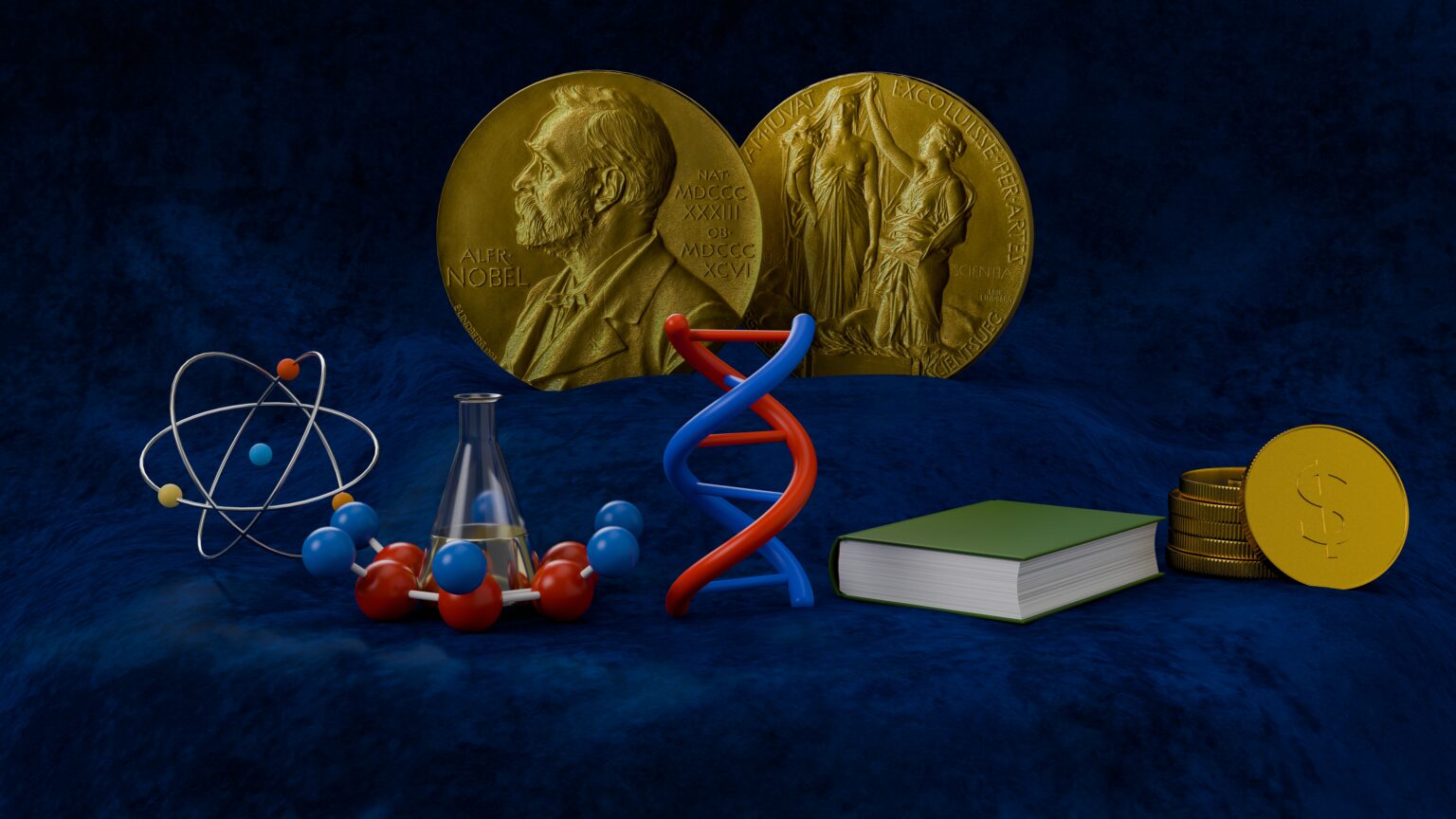The 2025 Nobel Prize in Chemistry has been awarded to three scientists for their groundbreaking work on molecular structures capable of trapping gases—an innovation that could transform efforts to combat climate change and water scarcity. Susumu Kitagawa, Richard Robson, and Omar M. Yaghi were recognized for developing metal-organic frameworks (MOFs), materials that can store vast amounts of gas or moisture in tiny spaces, offering potential solutions for some of humanity’s most urgent environmental challenges.
Molecular Magic: How It Works
The Nobel Committee described these structures as almost magical—comparing them to Hermione Granger’s bottomless handbag from Harry Potter or Mary Poppins’ carpet bag. MOFs look small but can hold enormous amounts inside due to their unique atomic architecture.
“These containers look small from the outside but are able to hold surprisingly large quantities within,” explained the committee chairperson.
Each framework is made up of metal nodes and organic rods, forming a structure full of organized holes. Those holes can be designed to capture specific molecules such as carbon dioxide, water, or methane. As Kim Jelfs from Imperial College London noted, “That level of control is quite rare in chemistry… It’s really efficient for storing gases.” Just a few grams of these materials can have the internal surface area of a soccer field.
From Lab to Real-World Impact
Beyond their fascinating design, MOFs have immense potential in addressing environmental and industrial challenges. Dorothy Phillips, President of the American Chemical Society, highlighted their global importance: “If you can store toxic gases, it can help address global challenges.”
Researchers are already exploring how MOFs might capture greenhouse gases directly from the atmosphere or draw water from dry desert air—potentially providing clean drinking water in arid regions. The technology could even revolutionize medicine by offering controlled drug delivery. As chemist David Pugh from King’s College London explained, “It could be a better way to deliver low doses continually, as with cancer drugs.”
Still, Pugh cautioned that applying the technology beyond the lab has hurdles: “There are still challenges when you translate that from the lab to the real world.” Many MOFs work best under very low temperatures or high pressure. Despite that, they’re already being used in everyday applications—like in fruit packaging that releases chemicals slowly to delay ripening.
The Scientists Behind the Breakthrough
The three laureates’ achievements build on decades of research. Richard Robson, 88, began laying the foundation in the 1980s at the University of Melbourne. Susumu Kitagawa, 74, of Kyoto University, and Omar M. Yaghi, 60, of UC Berkeley, advanced those ideas to create more stable and customizable frameworks.
Yaghi learned about the Nobel while on a flight from San Francisco to Brussels. “You cannot prepare for a moment like that,” he said. “The feeling is indescribable, but it’s absolutely thrilling.”
Kitagawa was initially skeptical, thinking the call was a scam. “It was such a big prize so I thought, ‘Is it really true?’” he admitted.
Robson, meanwhile, said from Melbourne that he was “very pleased of course and a bit stunned as well… This is a major thing that happens late in life when I’m not really in a condition to withstand it all—but here we are.”
A Legacy of Scientific Progress
This year’s chemistry Nobel follows other major honors in medicine, physics, and biology. The 2024 chemistry prize went to David Baker, Demis Hassabis, and John Jumper for developing AI-driven tools to design new proteins—ushering in a new era of biomedical innovation.
The 2025 Nobel ceremony will take place on December 10, marking the anniversary of Alfred Nobel’s death. As with every year, it will celebrate humanity’s pursuit of knowledge and innovation—this time honoring discoveries that could help cool the planet and quench the world’s thirst.


